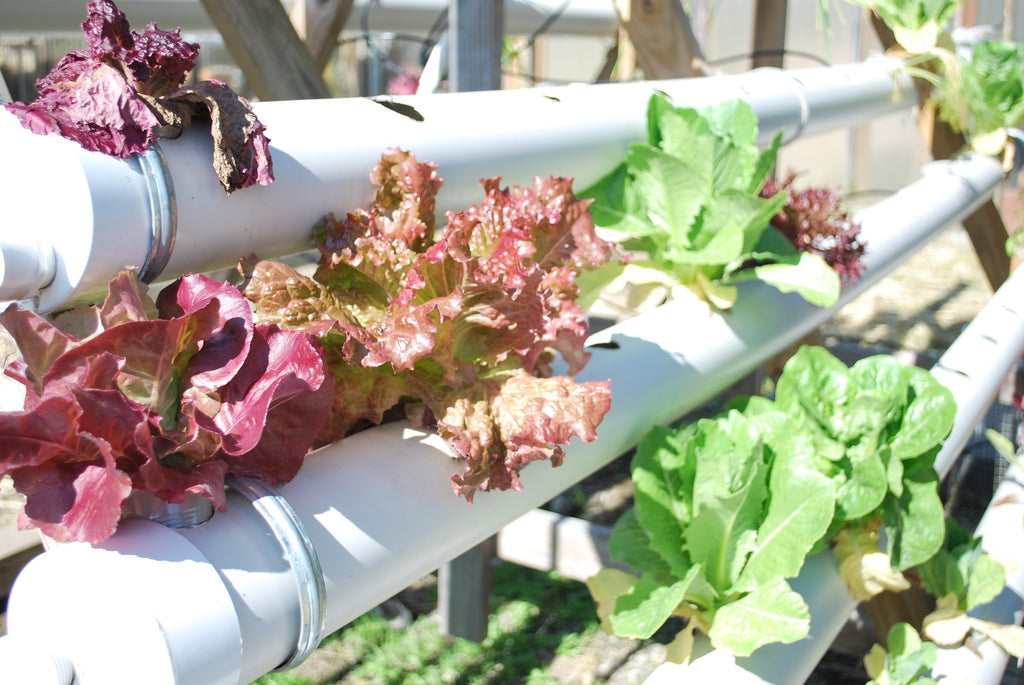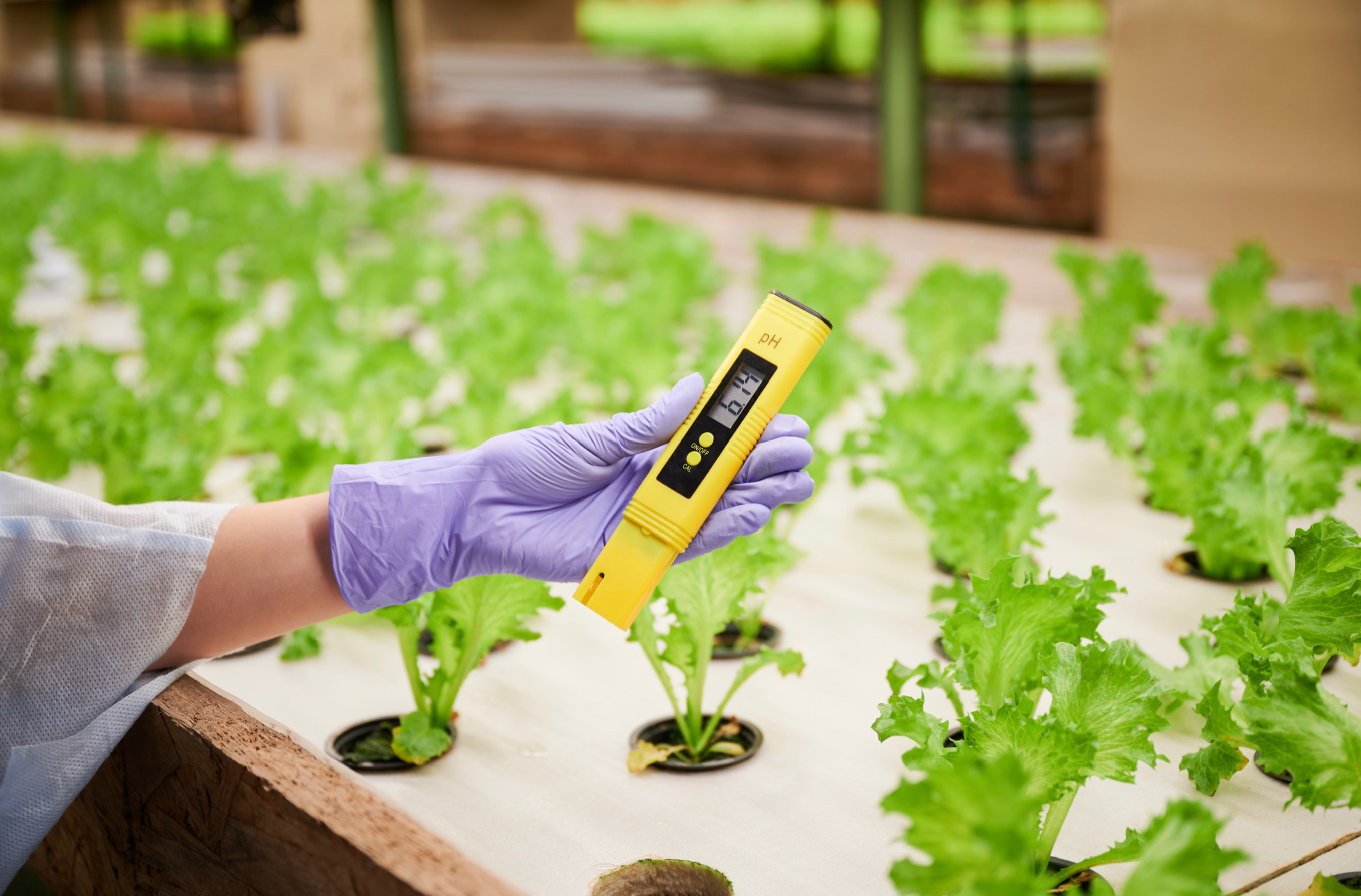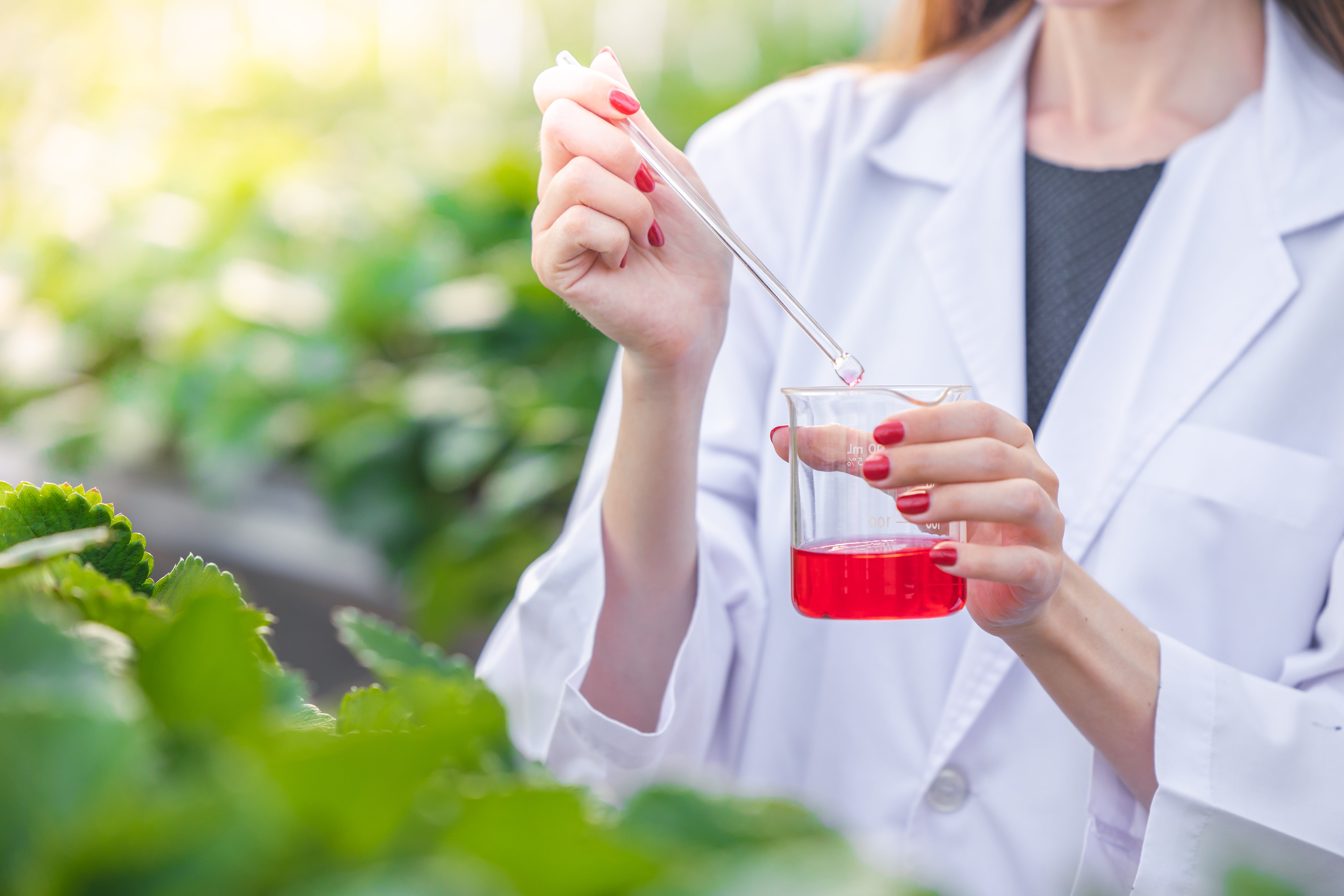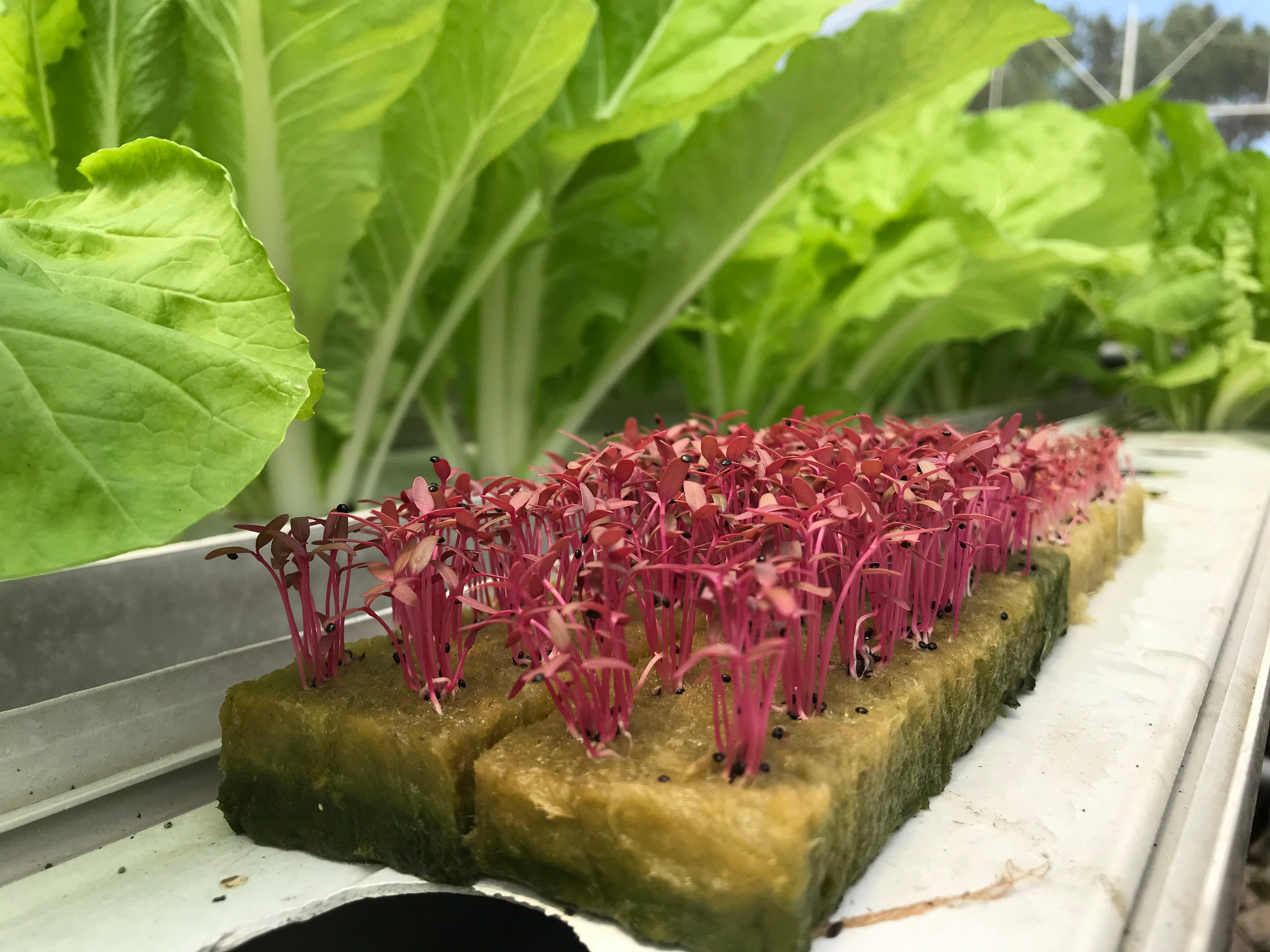NFT Hydroponic System Explained
What is an NFT Hydroponic System? And How Does it Work?
Nutrient film technique (NFT) hydroponic systems may seem complicated at first sight, but in reality, they have a relatively simple design. This is one of my favourite types of hydroponic systems because of its simplicity, efficiency, and ability to be scaled up if required. In an NFT hydroponic system, the nutrient solution is first put into a reservoir, and then the solution is pumped from it into sloped channels. If there are excess nutrients, these flow back into the reservoir. The nutrient solution continuously flows over the roots of plants, giving them the nutrients they need.
If you decide to go for an NFT hydroponic system, your plants should be placed in net pots. The channels that this system uses are small, so it’s best to grow plants with small roots in this system. You can easily scale this system up to grow large numbers of smaller plants, and in fact, many commercial growers use this technique too.
The water in the reservoir needs to be aerated with an air stone. A pump which is responsible for pumping the nutrient solution back to the channels will be submerged, and this recirculates and recycles the solution. This technique is described as giving a thin layer (a ‘film’) of nutrient solution at the bottom of a deep tank, which gives the roots nutrition and water while allowing the upper part of the tank to breathe. Roots in this technique can spread horizontally and end up having a mop-like appearance. The tanks need to be angled so that they’re not perfectly horizontal. The nutrients enter the grow tank on the side, flowing down a gentle slope until the solution is collected and recycled. The angling does need to be done carefully at just a few degrees. You don’t want the water rushing by too fast, but the pipes shouldn’t be too straight either because water would just sit there and stagnate. You can always buy kits if you’re worried about what inclination you should have the grow tank set at.
If you decide to make your own NFT hydroponic system, the inclination should be between 1:100 (1%) and 1: 25 (4%). Typically, a growing medium would not be used in an NFT hydroponic system so that it doesn’t stop the flow of nutrients. You may need net pots to support the plants’ roots, though. You can easily keep an eye on how the roots are doing by lifting the plants out of the tank and placing them back in. NFT systems don’t need a lot of water because they recirculate it. Because water is constantly flowing, fewer salts gather at the plants’ roots compared to other types of hydroponic systems.
Plants that tend to do well with an NFT hydroponic system include plants that are quite light, such as leafy greens, including mustard greens. Lettuce, kale, spinach, and strawberries do well too. If you want to grow tomatoes and cucumbers, which are heavier, then you would need to use trellises to help support their weight.

There are a few different ways NFT systems can be implemented, and these can include a stacked NFT system, which is a great space-saving way of doing this. You can use a slanted wall NFT system, which is good if you intend to place the system against a wall. You can purchase kits. You can also buy small versions of commercial systems. Or you can build your own system.
If you decide to expand your NFT hydroponic system and set up more crops and more channels, it is sensible to use different reservoirs. This is so that should you experience a pump failure or any diseases, this will only impact one reservoir and the channels associated, and not your entire garden. If your pump fails, then your plants can dry out and die quickly because there is nothing around them to keep them moist and supplied with nutrients, so you do need to keep a good eye on this. If you ever go on holiday and leave anyone else looking after your hydroponic systems, they do need to be warned to regularly check that everything is working properly.
Something else to keep in mind with the NFT system is that the plants do need plenty of space because if they’re too close together and the roots are compacted, the channel can become clogged with roots, they can overgrow and become intertwined. As a result, the water containing the nutrient solution would not be able to flow over this, and the plants would starve and die. If some plants at a part of a channel don’t seem to be doing as well as others, you could remove some plants.
If you would like to build you’re own NFT system, check here on how to do so!
For more great content check out the Proponics YouTube channel below!

By Max Barnes
Max Barnes is a long-time homesteader and author. Max grows the majority of his own food year-round using a variety of different methods, including hydroponics. Hydroponic gardening plays a huge part in his homestead and self-sufficiency goals.




